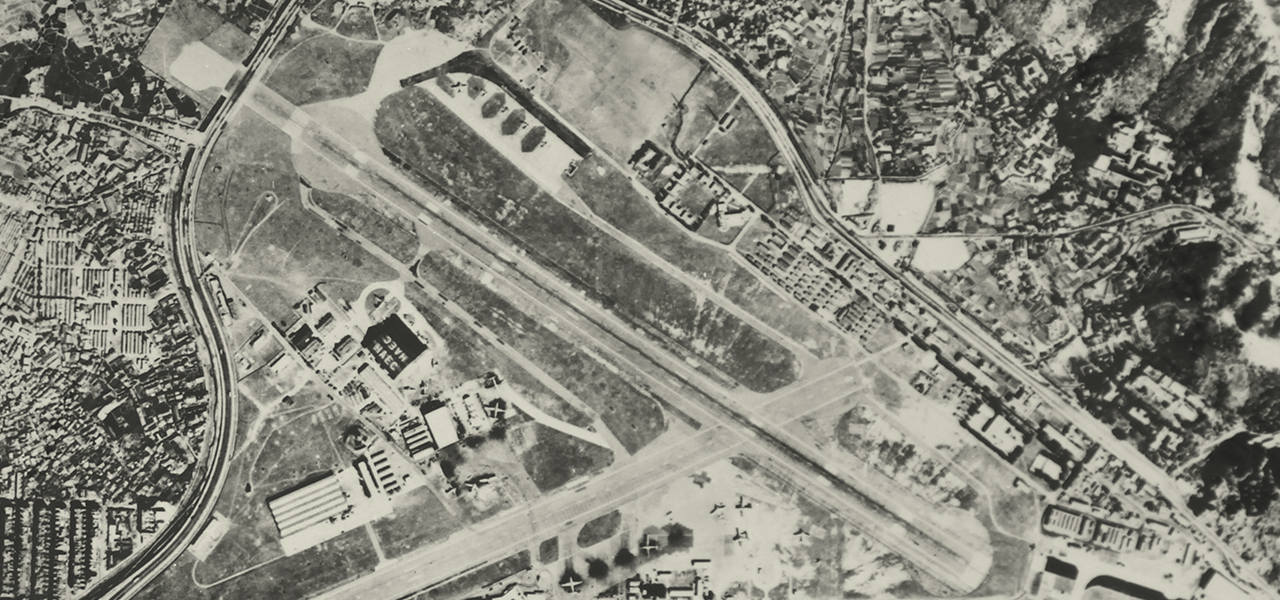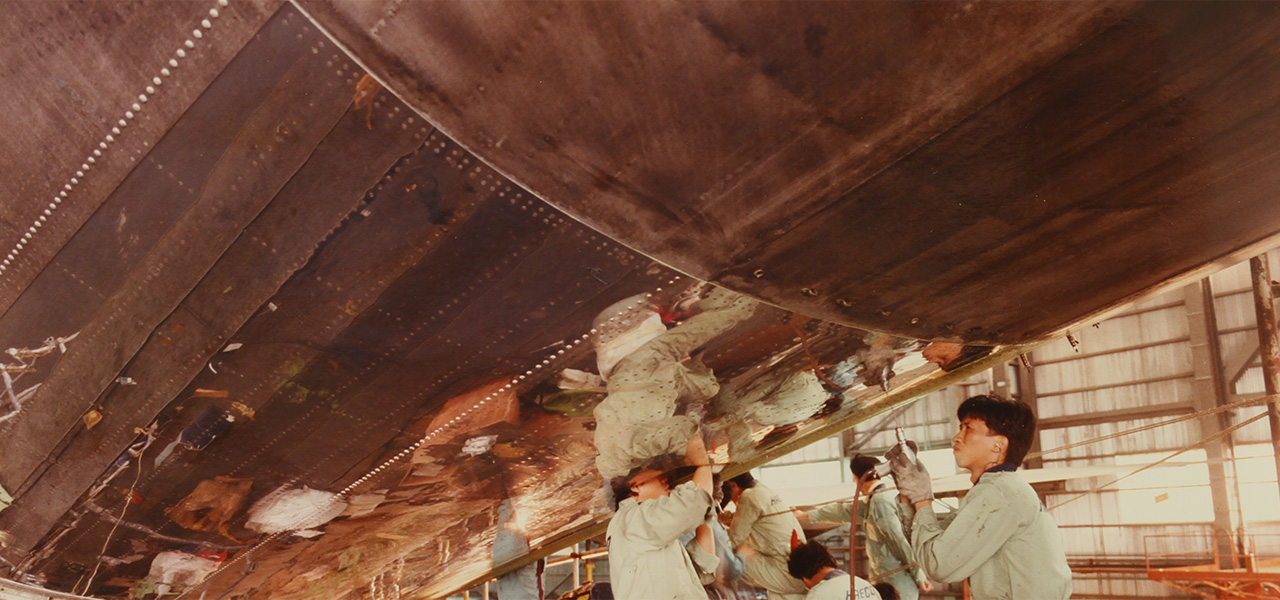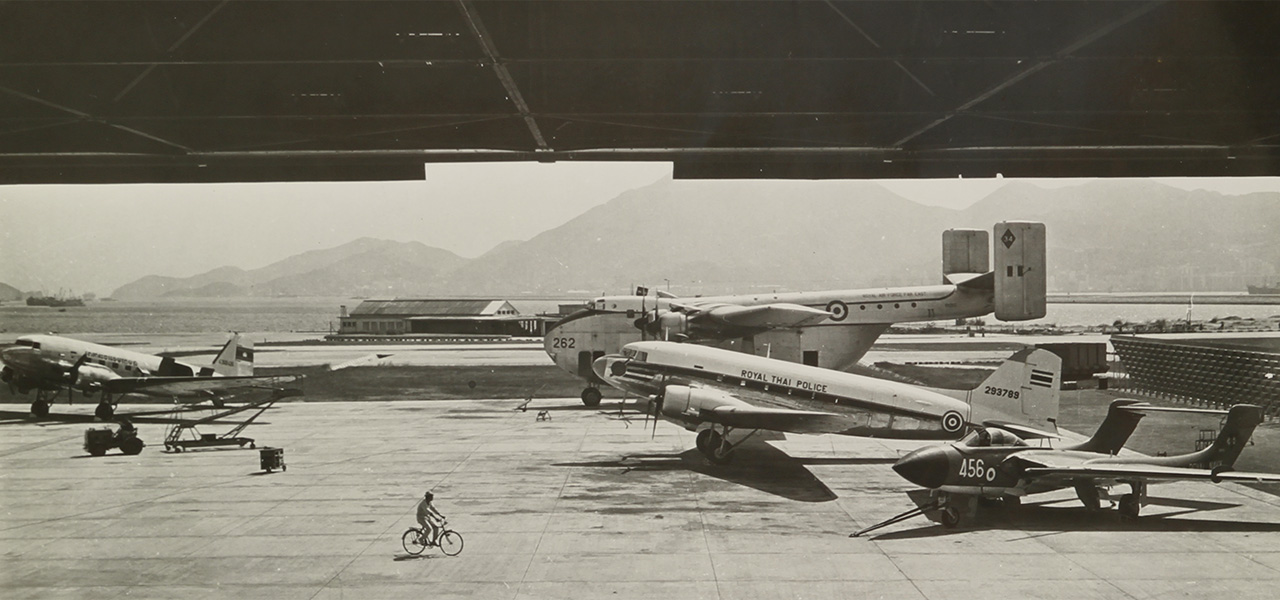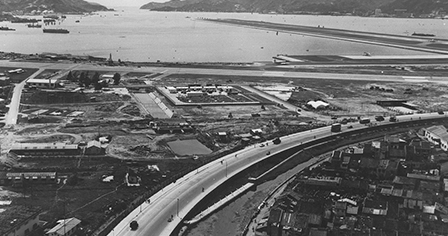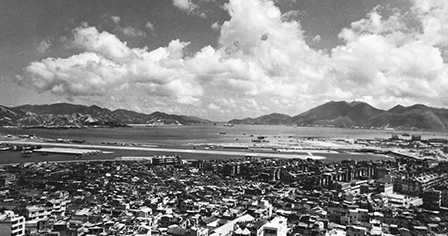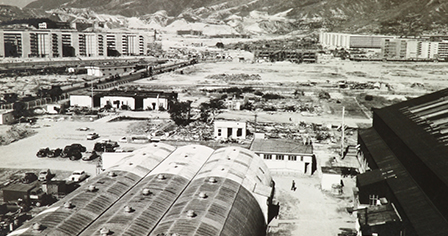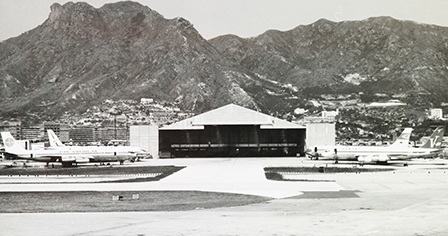
 Stories
Stories
-
01
The old airfield gates
-
02
Flying in & out
-
03
The old runways
-
04
Hangar for sale
-
05
How I went for work
-
06
The old Kowloon East
-
07
The old Kowloon Bay
-
08
The 1956 Riot
-
09
Making of 13/31
-
10
The new public estates
05


Kelvin
How did you commute to Kai Tak in those days?
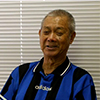
Lau Yee Kow
My home was the closest. Let me take the lead!
Climbing the Kai Tak Nullah to go to work
There was a big nullah outside the airport, right at today’s Tung Tau Estate and the petro station. My brother-in-law and I rented a stone house on the other side, so we needed only to get across the nullah to go to work. When there was no rain, we jumped down the nullah and climbed up to the airport side — we had hammered in some spikes on the wall of the nullah, you see. We did the same at lunchtime, also when we went home. That’s where Tung Tau Estate and the petro station are. Many people lived there because it was so close, and we hammered in some spikes to make a stair. But it didn’t work in heavy rains. There were many sauce mills opposite the nullah, and they had many pots with only bamboo covers. One time in heavy rains the pots were all washed away into the airport. We had to wade across the nullah to go to work, and the pots floated up and down on the water and streamed to the airport.
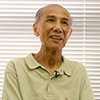
Chan Bing Cheong
In the early days, Kai Tak Airport was a plain with nothing at all. There was a nullah near today’s Prince Edward Road, and along the nullah were all wooden huts and self-built squatter houses!
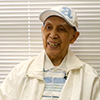
Lee Ming Chien
There were a lot of hawkers as well, along that nullah!

Chan Bing Cheong
I lived furthest away, in Pok Fu Lam…
Going to work from Pok Fu Lam to Kai Tak
I lived in Pok Fu Lam in Hong Kong Island. We had two shifts a day, the first from 7:00am to 3:30pm and the second from 3:30pm to 12:00am. In the morning I took Bus No.7, which departed from Aberdeen Fish Market at 5:45am. I got on the bus at University Hall station, and as the bus terminus was at United Pier, I had to race to Star Ferry Pier once I got off, so that I wouldn’t miss the first boat. Then I took Bus No.5 from Tsim Sha Tsui to the airport. The whole thing took about 1 hour and 15 minutes. It was pretty fast in the morning. No.7 arrived at Central in just 10 to 15 minutes.
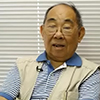
Au Sung Lai
I lived in Mong Kok, and I took bus. I also lived in Fuk Loi Estate once. Sometimes I rode my motorcycle to work.
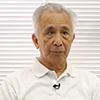
Lai Kam
I lived in Wong Tai Sin, so every day I walked home for lunch. Just 10 minutes and I was home.
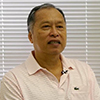
Yiu Yu Tim
I lived in Tak Ku Ling Road in Kowloon City. I rushed back home for lunch, and I rushed back to work after lunch.
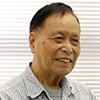
Liang Yee Ming
I lived in Kowloon City as well, once in South Wall Road and once in Nam Kok Road. It was a tenement house, with 4 or 5 rooms in a floor. I settled there because many of my co-workers lived in South Wall Road for its proximity to the airport. There were many wooden huts in Kowloon City in the past, and when I got better off I bought one at South Wall Road. But later it was burnt down. Then the government gave me a place in San Po Kong as emergency relief, and now it becomes a catholic school.
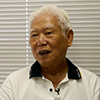
Cheng Kwoon Chiu
I lived in Wang Tau Hom when there was already the resettlement area.I remember a lot of hooligans loafed about some of the buildings! At that time I walked to work every day. Later, in the 50s, I moved to Sham Shui Po (深水步), and there I took bus. The section fare was a cent.
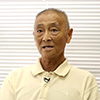
Lam Kwok Choi
I lived in Mong Kok, at the end of Prince Edward Road. I went to work by bus, and I had enough time to go home for lunch. At that time there was still the monthly bus pass!
Kai Tak was a suburban district in the early days. HAECO was in particular surrounded by farmlands, without any tall building in the neighbourhood. One may have mistaken the photo as taken in Switzerland if not for the “Hong Kong Aircraft Engineering Company” written on the hangar.
The airfield and farmland surrounding HAECO were developed in stages into Tung Tau Resettlement Estate, Lo Fu Ngam Resettlement Estate, Wang Tau Hom Resettlement Estate and Wong Tai Sin Resettlement Estate.
“Hangar No.1” of HAECO became the maintenance base of the most advanced jetliners of Europe and America. In the photo we can find the new-fangled 707s and DC-8s of the four largest western airlines — Air Canada, Pan Am, Lufthansa and Qantas — parked at HAECO for maintenance. San Po Kong at the back was still a vacant land without any buildings.

